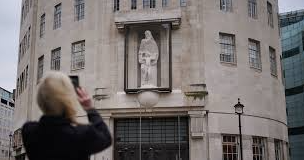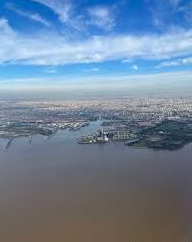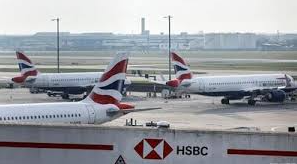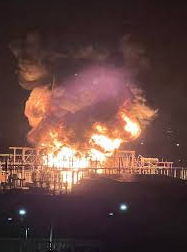
Hundreds deceived by false investment promises as police probe multi-million pound scam
An investigation by the BBC has uncovered a large-scale whisky barrel investment fraud, in which hundreds of individuals were swindled out of millions of pounds, with some losing their entire life savings.
The scam involved convincing investors to purchase casks of whisky that were either overpriced, did not exist, or had been sold multiple times to different people. Among the victims is Jay Evans, who has terminal cancer and was informed that it could take 25 years to recover the money she invested.
The inquiry reveals that police are currently investigating three companies in Scotland over fraud allegations linked to these whisky cask sales, with total losses estimated in the millions.
The whisky cask investment market has surged in popularity, driven by claims of significant financial returns as whisky matures. Buyers typically acquire freshly distilled spirit and hold onto it for years, anticipating that its value will rise as it becomes Scotch whisky.
However, a lack of regulation within the industry has created opportunities for fraudulent activity. Rogue traders have exploited this gap, using exaggerated promises and deceptive tactics to persuade people to invest.
Alison Cocks, from Montrose, invested £103,000 in Cask Whisky Ltd, a company operated by a man identifying himself as Craig Arch. Initially, she purchased a single cask for £3,000, which appeared legitimate. She later bought three additional casks, investing a total of £100,000 after being promised returns of up to 50%.
When Mrs Cocks later requested to sell her casks, the company ceased communication. She began investigating and discovered that the casks listed on her certificates were not stored in the stated warehouses. Experts informed her that she had paid five times their actual value, and one cask she paid £49,500 for did not exist.
Further investigation revealed that Craig Arch was, in fact, Craig Brooks – a convicted fraudster and disqualified director. In 2019, Brooks and his brother were jailed over a £6.2m scam involving fake investments in carbon credits and rare metals. Despite this, Brooks was secretly running Cask Whisky Ltd and another firm, Cask Spirits Global Ltd, under false names.
Another affected investor, NHS worker Jay Evans from Peacehaven, invested nearly £76,000 in a company called Whisky Scotland. Diagnosed with terminal cancer, she sold her home to fund the investment, hoping to secure her family’s financial future. However, two of the casks she purchased did not exist, and the others were worth far less than promised.
Whisky Scotland’s directors have since disappeared, leaving investors unable to reclaim their money. Jay’s wife, Susie Walker, said the experience had been “heart-breaking,” as Jay’s hard-earned savings vanished overnight.
Geoff Owens, a locksmith from Wrexham, also lost over £100,000 through Whisky Scotland. He vowed to keep searching for answers and warned the fraudsters they would be held accountable.
Legitimate whisky industry figures have spoken out about the growing prevalence of scams. Martin Armstrong, who manages a bonded warehouse storing 48,000 casks, reported being contacted daily by investors seeking to locate missing barrels. Kenny Macdonald, a respected broker, said that while many in the sector were honest, others were selling non-existent casks to unsuspecting buyers.
The City of London Police’s Serious and Organised Crime team has confirmed an active investigation into these fraudulent schemes, while victims continue their fight for justice and to recover their losses.

















